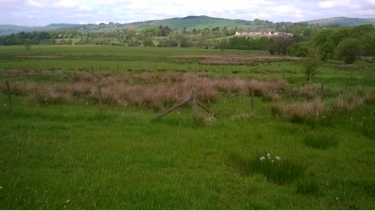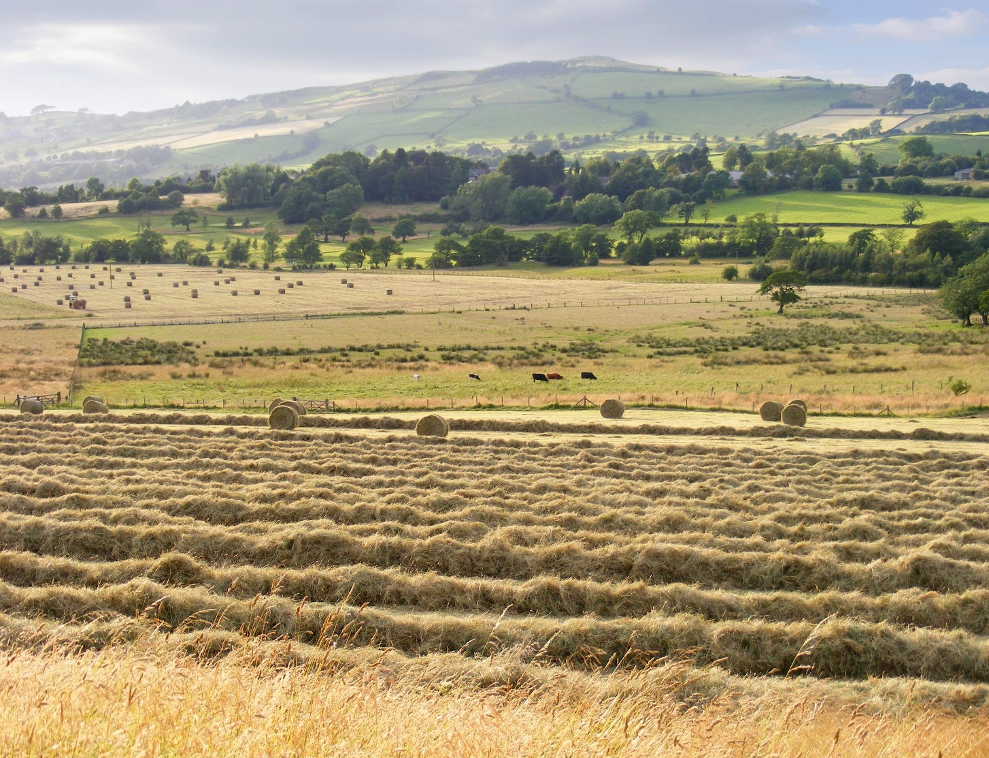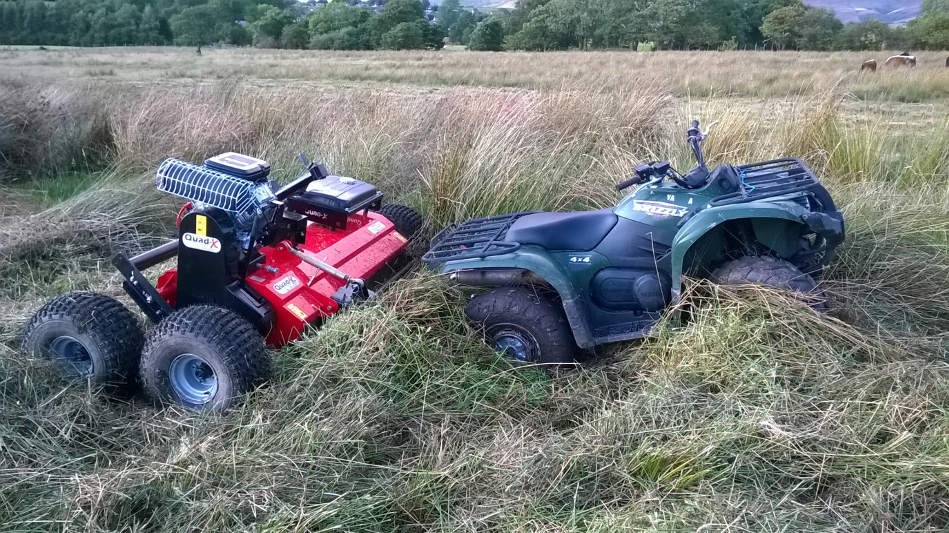Lovingly cared for for over 20 years
The wildlife site is on land owned by Pat and Peter Soden of Downlee Lodge and by Peter Barratt of Owlgreave Farm and is situated in the South West Peak District in the valley pastures, a beautiful landscape that differs in character from the surrounding hills and provides for an increase in local biodiversity.
“We are told that, globally, species are becoming extinct at an unprecedented rate, greater even than during the age when dinosaurs disappeared. We, like many other farmers and landowners have worked for the last 20 years, with Natural England, to do our bit to protect the countryside and try to arrest the loss of wildlife species in our area. We hope this website will give some impression of our progress to date”.
Pat and Peter Soden, August 2019
The area can be viewed from a public footpath that runs adjacent to the Buxton to Manchester railway line, from Chapel-en-le-Frith South station towards Combs (see the map). The footpath contributes to a network of pleasant and interesting local walks that are close to centres of population and are enjoyed by people of all ages and physical ability. It provides a beautiful panoramic view of the valley that extends from Chapel-en-le Frith to Combs Reservoir and beyond, with the Wildlife Site in the foreground and striking peaks in the background. This whole area should be protected for the benefit and pleasure of future generations.

















